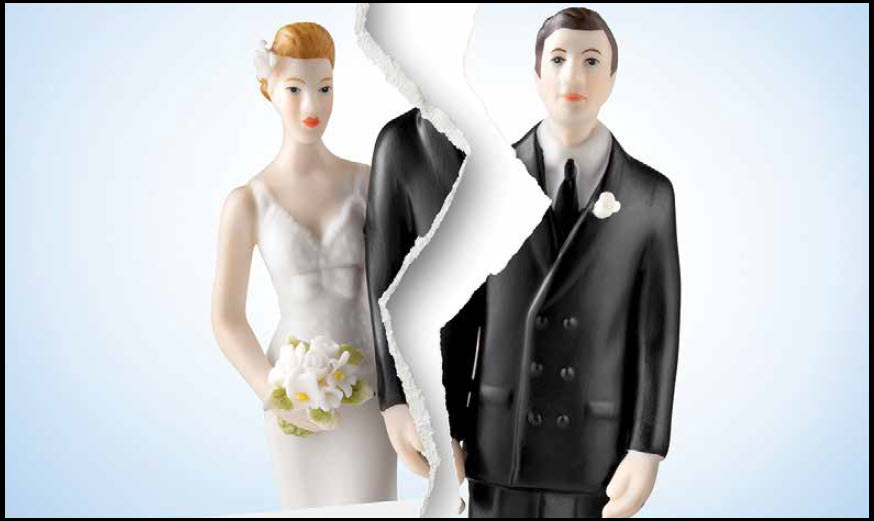 By: Lisa Philippart
By: Lisa Philippart
I am often asked to explain the difference between a mental health disorder and a personality disorder. Although they both can determine the actions and reactions of a person, mental health disorders and personality disorders are quite different. Understanding the differences between these disorders can help alleviate stigmas in society and increase awareness about how to help. The National Institute of Mental Health (NIMH) defines mental illness as “a health condition that changes a person’s thinking, feeling, or behavior (or all three) and causes that person distress and difficulty in functioning. Mental health disorders often vary in severity, depending on the person. Some common examples of mental health disorders include: depression, anxiety disorder, bipolar disorder, schizophrenia, attention deficit hyperactivity disorder, and post-traumatic stress disorder.
 In some people, their mental illness symptoms are mild and not easily recognized through their behavior or mannerisms. Because a person doesn’t “look” sick, their symptoms and diagnosis may be belittled or stigmatized. This issue is a cause for concern, especially considering that an estimated 20% of the U.S. population suffers from a mental health disorder. Approximately 5% of adults in the United States suffer from mental health disorders so severe that they can’t function normally in society. For many people, mental illness is passed down genetically, while others are stimulated by their environment. Trauma is a common trigger for mental health disorders, while predetermined genetics can make a person more likely to develop them.
In some people, their mental illness symptoms are mild and not easily recognized through their behavior or mannerisms. Because a person doesn’t “look” sick, their symptoms and diagnosis may be belittled or stigmatized. This issue is a cause for concern, especially considering that an estimated 20% of the U.S. population suffers from a mental health disorder. Approximately 5% of adults in the United States suffer from mental health disorders so severe that they can’t function normally in society. For many people, mental illness is passed down genetically, while others are stimulated by their environment. Trauma is a common trigger for mental health disorders, while predetermined genetics can make a person more likely to develop them.
 As defined by NIMH, a personality disorder (PD) is “an enduring pattern of inner experience and behavior that deviates markedly from the expectations of the individual’s culture.” Personality disorders are fairly common, with approximately 9% of U.S. adults having a personality disorder. A personality disorder is often fixed, with consistent challenges or difficulties associated with the disorder. Like mental illness, personality disorders can be minor or severe, and those with PD often do not “look” sick. The main criterion for a personality disorder is that people have a distorted sense of who they are. Some types of personality disorders are: paranoid, schizoid, histrionic, dependent, borderline and narcissistic.
As defined by NIMH, a personality disorder (PD) is “an enduring pattern of inner experience and behavior that deviates markedly from the expectations of the individual’s culture.” Personality disorders are fairly common, with approximately 9% of U.S. adults having a personality disorder. A personality disorder is often fixed, with consistent challenges or difficulties associated with the disorder. Like mental illness, personality disorders can be minor or severe, and those with PD often do not “look” sick. The main criterion for a personality disorder is that people have a distorted sense of who they are. Some types of personality disorders are: paranoid, schizoid, histrionic, dependent, borderline and narcissistic.
The extremity of a person’s condition is defined as mild, moderate, or severe. A person with a mild personality disorder may have trouble in certain contexts like self-direction or self-worth, but function well in others. Those with a moderate level of PD symptoms often struggle with identity, sense of self, the ability to form intimate relationships, or the ability to control impulses. Their most common problems are with personal relationships. People with severe PD symptoms suffer from an acute lack of sense of self. This affects all relationships and impacts all aspects of daily life, including social, occupational, educational and family. Severe personality disorders are often associated with harm to oneself or others.
People with personality disorders may display certain traits of mental health disorders, which could lead to a wrong diagnosis and/or wrong treatment. The main difference between personality disorders and mental health disorders lies in the person’s sense of who they are. Those with personality disorders report a loss of “self” that is more severe than those who suffer from mental health disorders.
By: Lisa Philippart
Licensed Professional Counselor










 July 19, 2024
July 19, 2024




